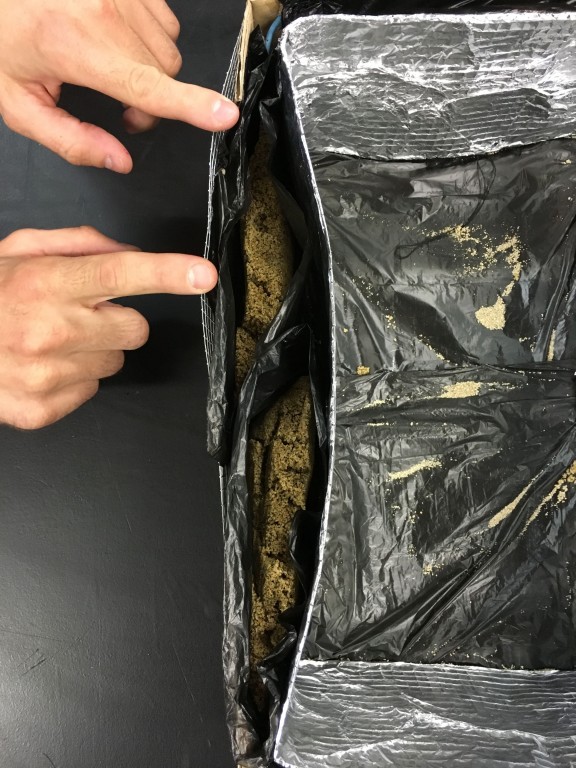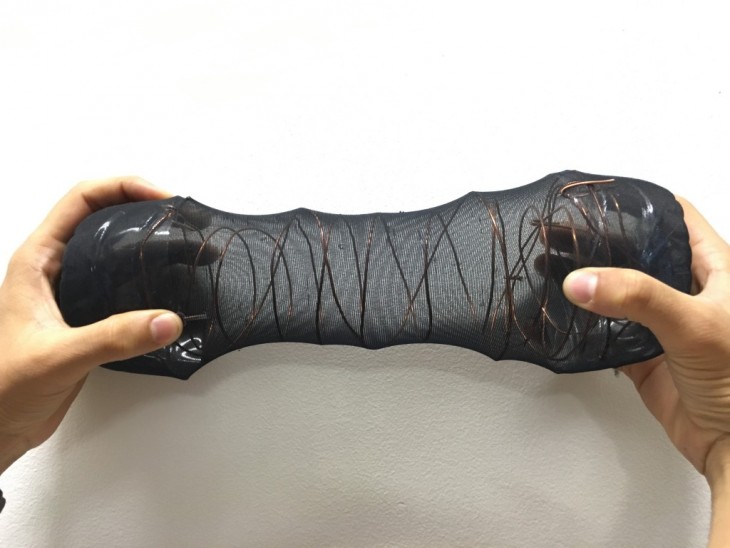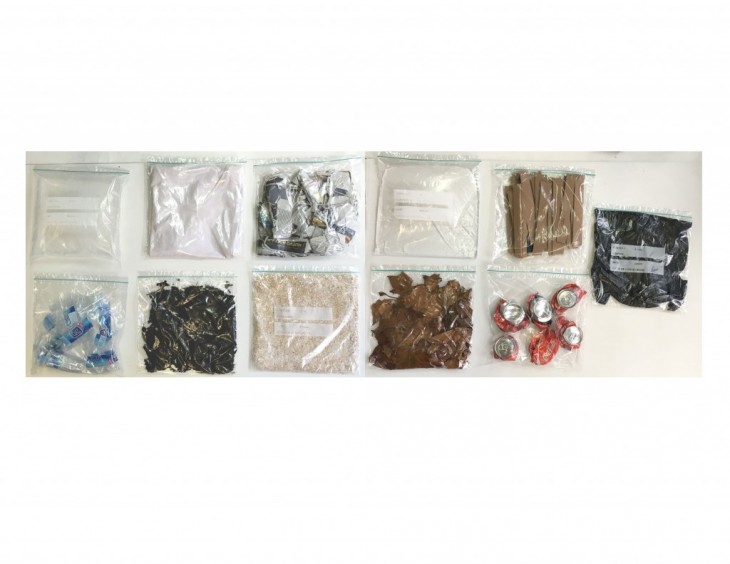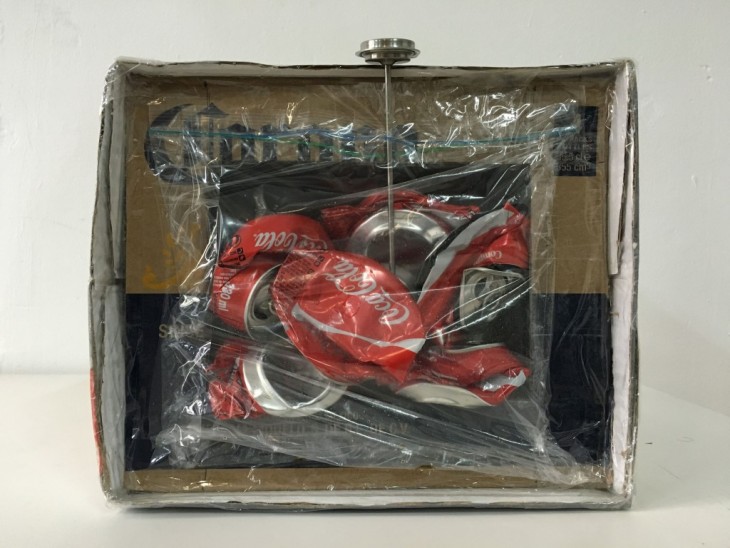Imagine a time when travelers, nomads and homeless are no longer who they are today, but who all of us will be tomorrow. The concept of home has been blurred since the cities started becoming denser day after day. It is expected that for the near future (2050) more than the 80% of world population is going to live in urban environments.
This dramatic change is affecting the way we are living our spaces; so, should we inhabit the spaces the way we are doing right now? We think that housing also needs to have a dramatic evolution and we proposed it through The Itinerant.
Solar thermal energy storage/release is the main phenomena on which our system is based. To achieve so, we explore into the techologies that encompass two aspects: firstly, the use of multi-layer membrane/system that absorbs, releases and stores solar energy; and the second is the way how it adapts to the portability that characterizes the itinerant. Combining the two techonologies, we seek to create the system that utilize the solar radiation as a main source for providing comfortable temporal shelter at locations under various geographical conditions.
Since the relation of the actual inhabitants are the constant pursuing of shelter through the cities. We are taking advantage of the solar radiation to keep it warm while this occurs, and when the night approach and the inhabitant is temporarily settle the system can release the heat through its area.
PROTOTYPE STAGE 01
Conceptualized how the homeless of Barcelona inhabit the spaces. We made three prototypes, two of them related to contraction and how the system will transport. The third prototype was related to conduction and how the systemwill work. The conclusions for this testing were, the daily climate affects how the structure will have, and the necessities to look a for lighter material to fill and transport the system.


PROTOTYPE STAGE 02
To explore deeper into how each material performs in terms of conductivity of thermal energy, we tested street materials by recording temperature changes before and after heating both in the materials itselves and the air inside the cardboard box, with all other parameters held constant e.g. heat duration/distance, volume of material etc. Aluminum coke cans, amongst all, perform the best in conducting heat, while other materials did not show significant changes. However, we cannot jump to conclusions at the moment since different materials may require different time length to heat up in order to further transmit, and also the cardboard box fails to retain the heat even if it is transmitted by the materials.


Conclusions
It can be said that a change is coming for future generations in terms of inhabiting cities, because of this, it is essential for ur generation to start developing new ways of living.
We conclude that after this two stages of analysis, and after discussing all the terms we got from this exercise, that it is neccesary that we rethink our path without putting aside our concept, creating a system capable of storing solar energy and transforming it into heating. This radical decision comes because we notice that we were closing into one single idea, so getting back few steps is going to give us a more general perspective for what we have achieved until now.
Students: Ya-Chie Chang, Victor Fernández, Camilla Franchini, Alvaro Meza, Kevin Meyer
Professors: Javier Peña, Jonathan Minchin, Oriol Carrasco, Philip Serif
